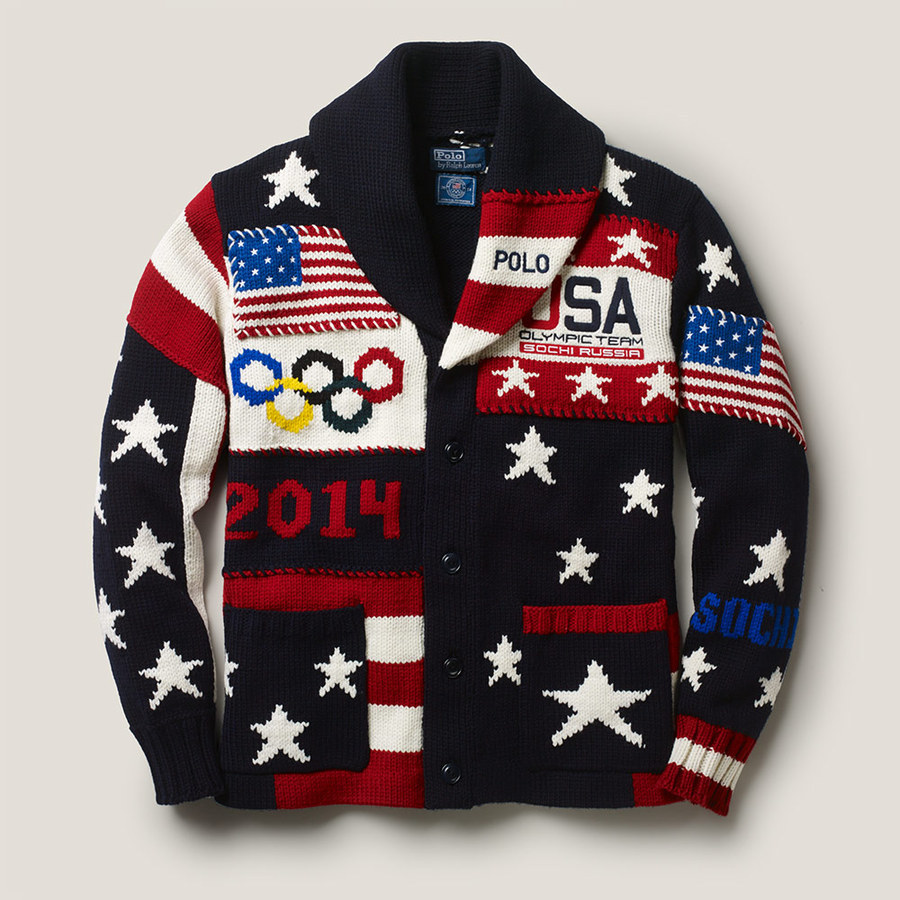How Curling Stones Are Made
Adam Rifkin stashed this in Olympics!
Stashed in: Europe, Design, Olympics, How It's Made
Mary Forgione explains:
Ailsa Craig is a wee North Atlantic isle off Scotland that looks like a big curling stone.
Guide Mark McCrindle of Girvan, Scotland, takes visitors to Ailsa Craig on his small boat. He says some come to climb to the top of the volcanic isle while others want to see where curling stones come from.
"It's the toughest granite in the world, and ideal for curling," McCrindle says via email. Others come to see vast numbers of seabirds like gannets and puffins.
A company on the mainland called Kays of Scotland manufactures the Olympic stones. It has rights to mine three types of granite — common green, blue hone and red hone — that are used in high-quality curling stones, according to the company's website.
Recently, the island has been up for sale too. London's Guardian newspaper calls it the "granite jewel of the Firth of Clyde." The paper reported in December that it may be taken over by a conservation trust and that the asking price had been reduced to $2.4 million.
The science channel explains how curling stones are made:
http://www.sciencechannel.com/tv-shows/how-its-made/videos/how-its-made-curling-stones.htm
And the Columbia Tribune has the science of curling:
And I quote:
The Stone
All Olympic curling stones are 42 pounds and made from the exact same material. Granite is the stone used, and the granite must come only from one very tiny island in Scotland named Ailsa Craig. This volcanic island is less than 1 square mile in size. This particular type of granite has enough elasticity that it will not crumble when it hits other stones. The special granite also absorbs almost no water. This prevents the stone from changing mass or eroding because of freezing and thawing inside the stone.
The Ice
Here is a surprise — curling ice is not smooth! Unlike skating ice, curling ice has water droplets sprayed over it that freeze into a slightly bumpy surface. When the curling stone hits the bumpy surface, it begins to curl. This is how the sport got its name.
The stone will continue curling toward the target. The curling motion allows the stone to continue in a straighter path. A misconception is that bumpy ice will cause the stone to slow down faster. The opposite is actually true. When the stone travels down the bumpy ice, only the tops of the bumps come in contact with the stone. This produces less friction compared to smooth ice, which would create contact friction over the entire stone. In addition, smooth ice would have so much contact with the stone that it would create a suction cup effect on the stone.











1:50 PM Feb 11 2014